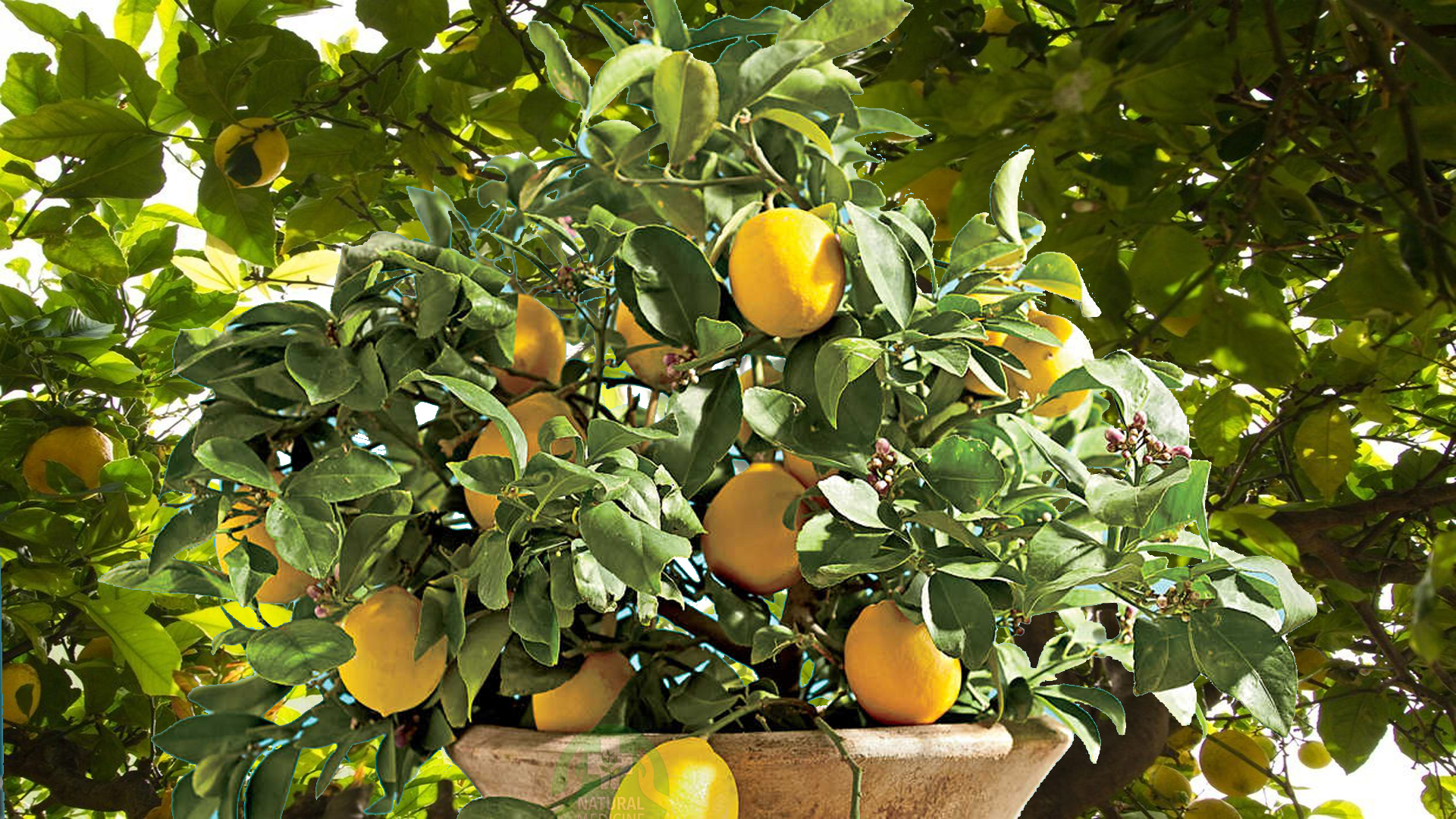Lemons offer a multitude of health benefits and they are one of the most alkaline forming foods on Earth. With this being said, lemons are great for balancing an acidic body.
They are well known for their high level of vitamin C, but they also contain riboflavin, thiamin, iron, magnesium, pantothenic acid, fiber, potassium, copper, calcium, vitamin B6, and folate.

So, why not grow a lemon tree and ensure that you’ll always have lemons around?! Lemon tree cuttings aren’t easy to come by in many areas of the world and it may take some time. However, growing your own tree from a tiny seed is extremely rewarding.
What you’ll need to get started:
- An Organic Lemon. Any type of organic lemon will do, so don’t try to save money by doing conventional. Non-organic lemons often contain seeds that are incapable of germinating.
- Potting Soil. Potting soil that contains a blend of peat, perlite, vermiculite and organic fertilizer is ideal for citrus. Add hardwood bark chips to the mix if it’s too heavy, and make sure that the soil is light enough to drain water well.
- A Container. It will be easier for you to maintain the right soil moisture if you start with a small container. It is recommended to start with an 8-inch diameter container and you can move your tree to a 10- to a 12-inch container when it gets two or three years old. You may need to upgrade one more time, just make sure to be made of wood, terra cotta or plastic, with adequate drain holes.
- Light. Set up your lemon tree where it can get full sun from a southern exposure. A lemon tree requires 10 to 14 hours of light every day- sun or artificial light.
- Moisture. Keep the soil evenly moist. Most interiors tend to be dry, so if you’ll be growing indoors you’ll need to mist your growing tree on a daily basis. When growing outdoors, citrus prefers infrequent, deep water. If the leaves begin to yellow and don’t perk up after you water, then you’ve been overwatering. But if they begin to perk up after watering, then you waited too long between watering.
Sprouting your lemon seed:
- Place some of the soil into a bucket. Add water until the soil is completely damp.
- Fill the container with the pre-moistened soil and allow about an inch of space below the rim of the container.
- Choose the largest seed from the lemon that you have and remove the flesh by popping the seed into your mouth and sucking on it until all of the lemon flavor is gone. The seeds must remain moist, so don’t let it dry. Keep it in your mouth until you’re ready to plant it.
- Plant it about a half-inch below the soil level. Completely cover it with soil and spry the soil using a spray bottle.
- Cover the container with breathable plastic in order to keep the seed warm and moist.
- Keep your container in a warm area and don’t forget that it needs to stay warm and moist in order to germinate. Make sure your potting soil doesn’t dry out completely. It is important to ensure the right amount of moisture and warmth.
- You should see a little sprout emerge from the soil in about two weeks. Then, you can remove the plastic and transfer your growing tree in a warm location.
